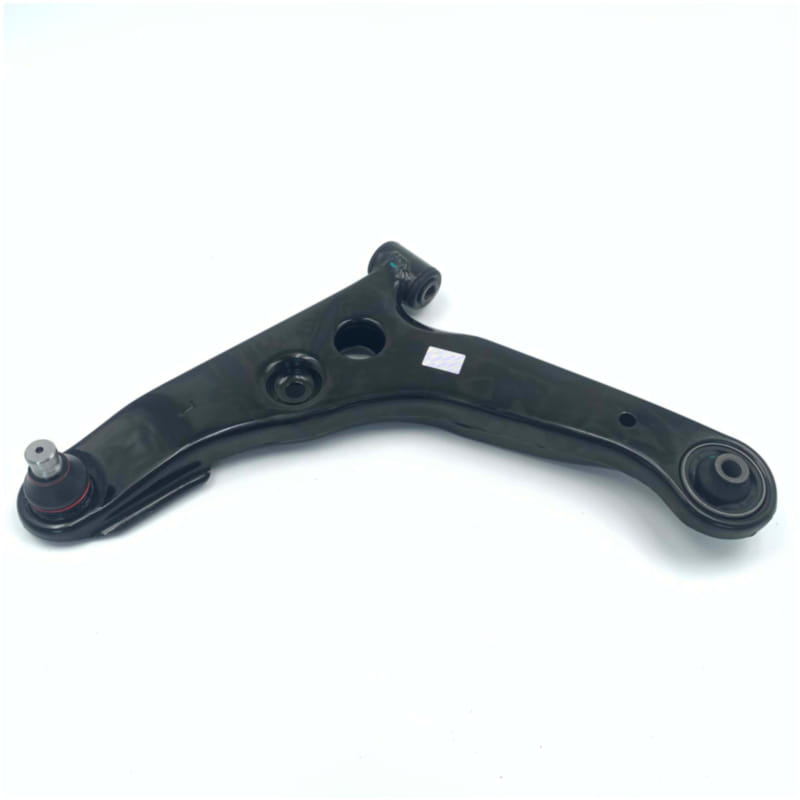The ball joint, a marvel of automotive engineering, is a pivotal component in the complex and dynamic world of vehicle suspension systems. It’s an often-overlooked yet indispensable part that plays a crucial role in maintaining smooth steering control, ride comfort, and safety on the roads.
Understanding the Ball Joint

Ball joint is essentially a flexible coupling that connects the steering knuckle (which holds the wheel and tire) to the control arm or steering linkage. At its core, it consists of a bearing stud – which resembles a ball – encased within a socket, allowing for multidirectional movement while maintaining a secure connection. This design enables the front wheels to rotate and move up and down with the flexibility required during cornering, acceleration, braking, and when driving over uneven terrain.
Functionality in Suspension Systems
Ball joints serve as a pivot point between the vehicle’s chassis and the wheels, facilitating both axial rotation (steering) and radial movement (suspension travel). They transmit the forces generated by the suspension springs and shocks to the steering knuckles and wheels, ensuring proper alignment and stability. Furthermore, they allow the suspension system to absorb road imperfections, thereby providing a comfortable ride and better traction.
Importance and Safety Concerns
The integrity and functionality of ball joints are critical to vehicle safety. A worn or damaged ball joint can lead to loose steering, uneven tire wear, compromised handling, and in severe cases, complete failure of the joint, causing the wheel to separate from the vehicle. Such incidents can result in loss of control, accidents, and serious injury. Regular inspection and timely replacement of worn ball joints are therefore paramount to maintaining a safe and well-functioning vehicle.
There are several types of ball joints used in modern vehicles, including:
1. Stud-Type Ball Joints: These are the most common type found in passenger cars and light trucks. They consist of a ball stud that fits into a socket and are typically lubricated with grease.
2.Tapered Pin Type Ball Joints: As seen in some heavy-duty applications, these joints feature a tapered pin held in place by a nut, providing a strong, durable connection.
3.Spherical Rod Ends: Often used in performance and racing vehicles, spherical rod ends offer a wide range of motion but require regular greasing and maintenance due to their open design.
Maintenance and Replacement
Proper maintenance of ball joints involves regular visual inspections and checking for excessive play or looseness. If there’s any sign of wear, such as clunking noises while turning, wandering steering, or uneven tire wear, it may be time for replacement.
Replacement should always be done according to the manufacturer’s recommendations and using high-quality components. Many modern ball joints are sealed units and do not require routine lubrication; however, those that are serviceable should be greased regularly to ensure longevity.
Ball joints are a vital part of a car’s suspension system, contributing significantly to the overall drivability, comfort, and safety of the vehicle. Understanding their importance and recognizing the signs of wear and tear are key steps in maintaining a reliable automobile that performs optimally under various conditions. Remember, regular checks and maintenance can save you from potential accidents and costly repairs down the line.
